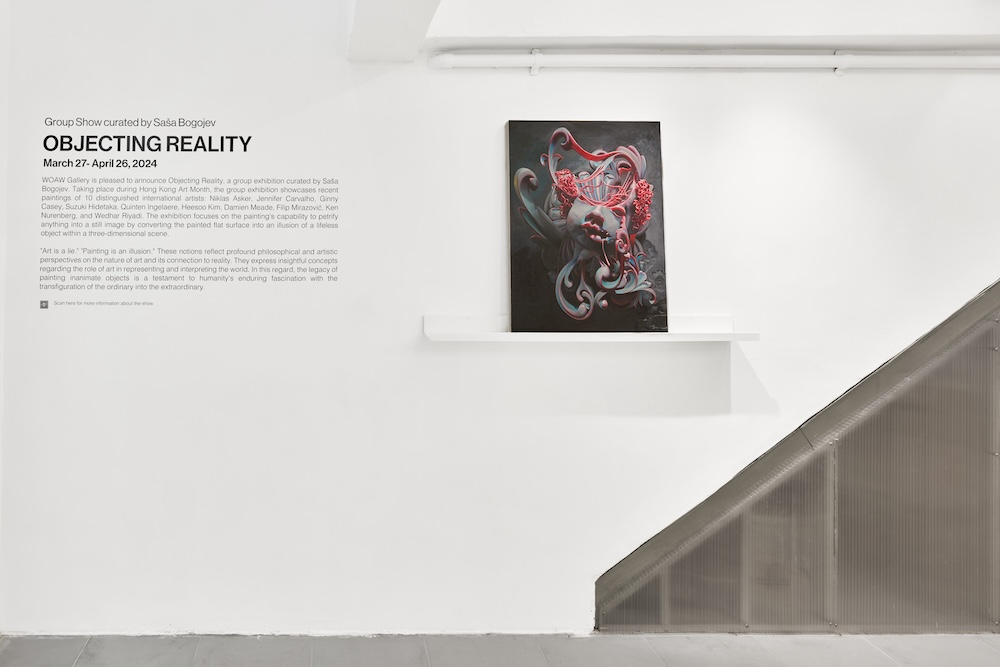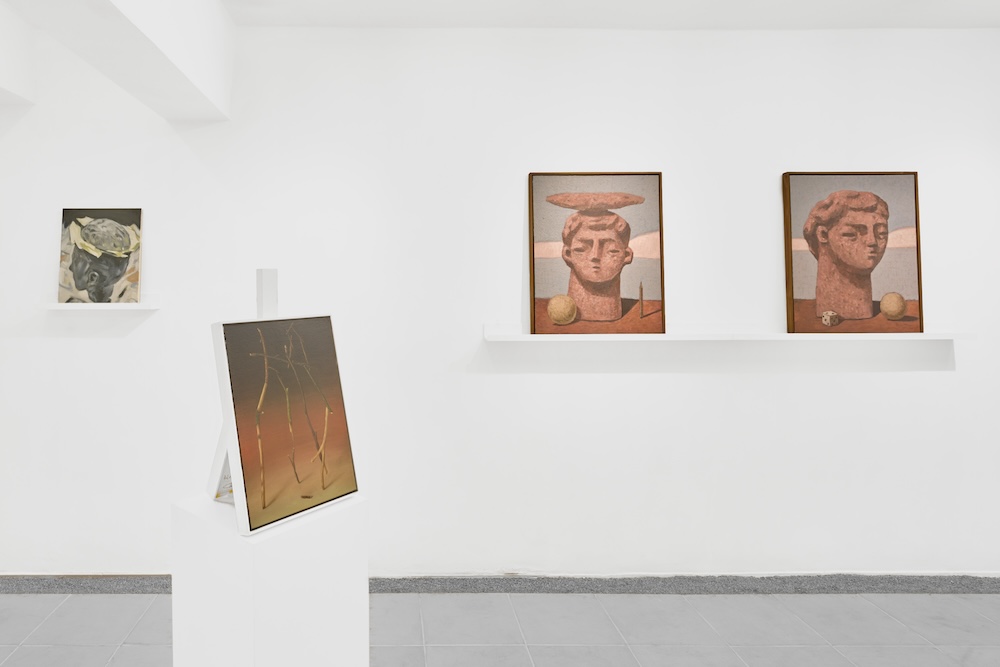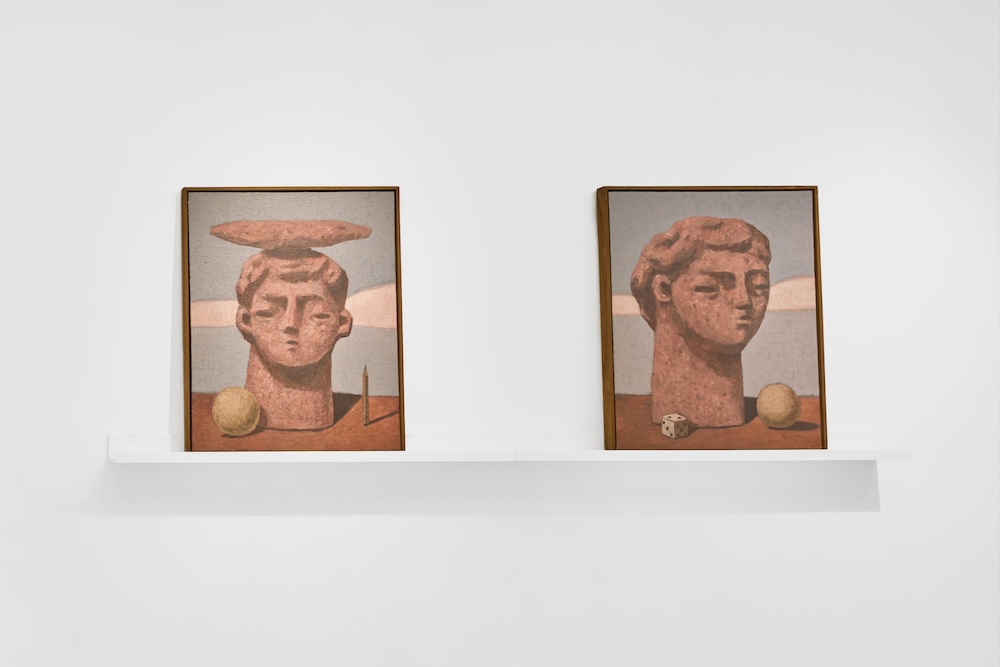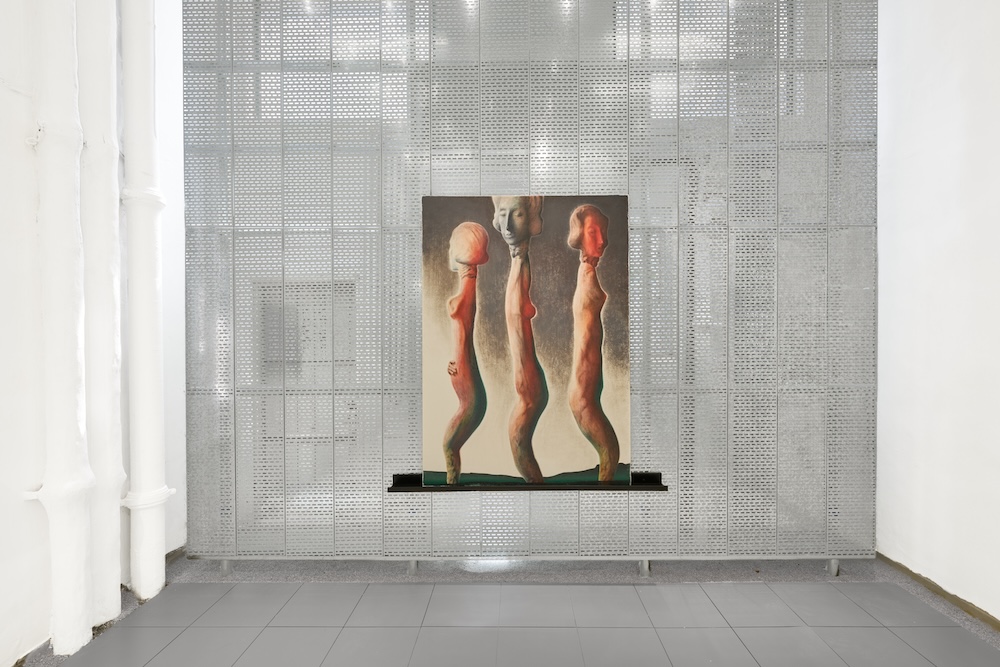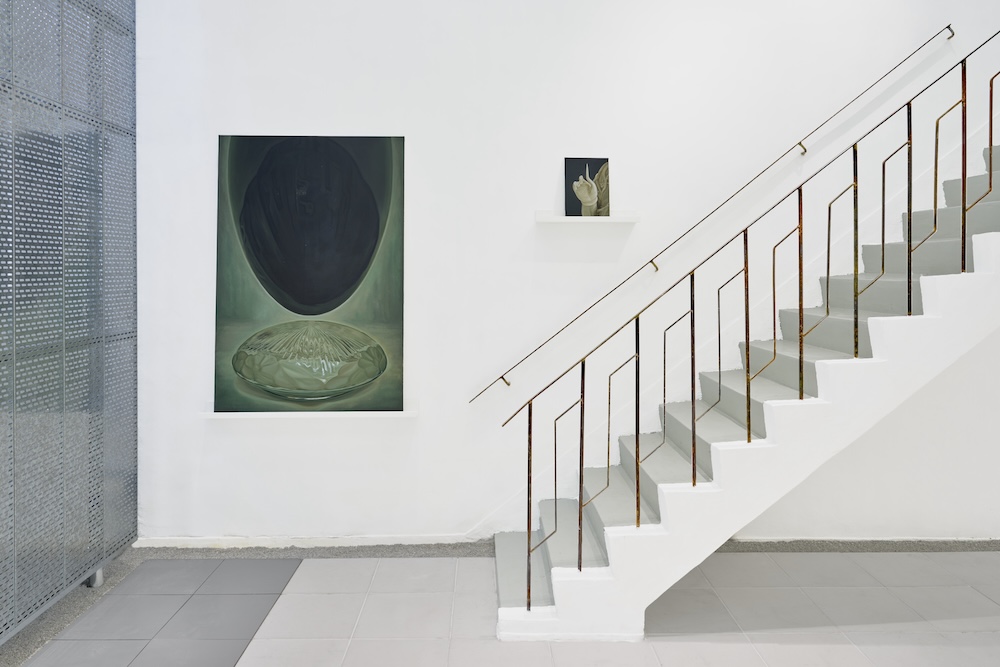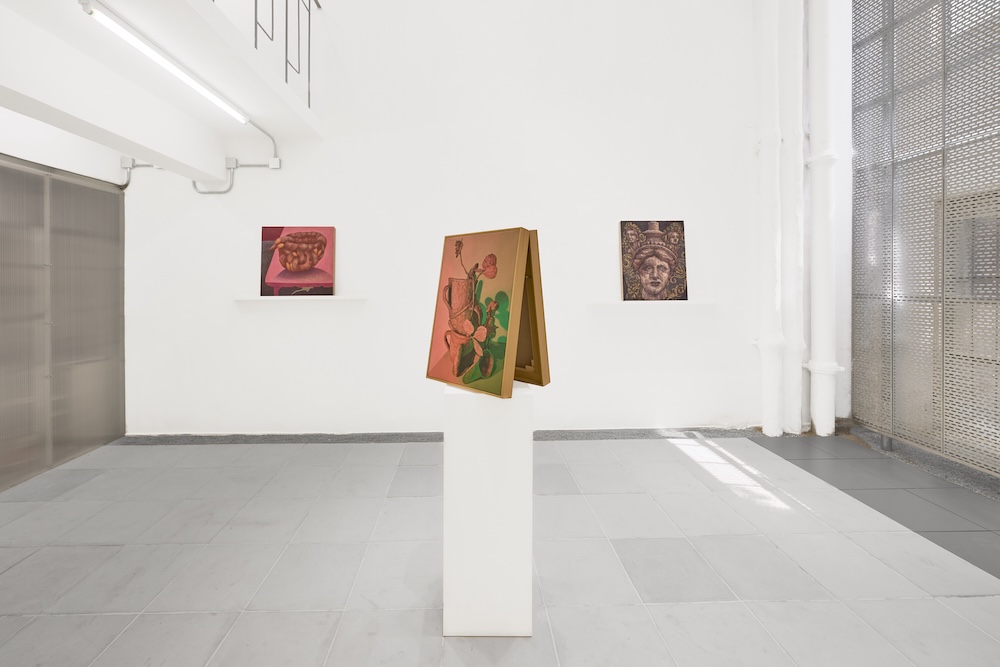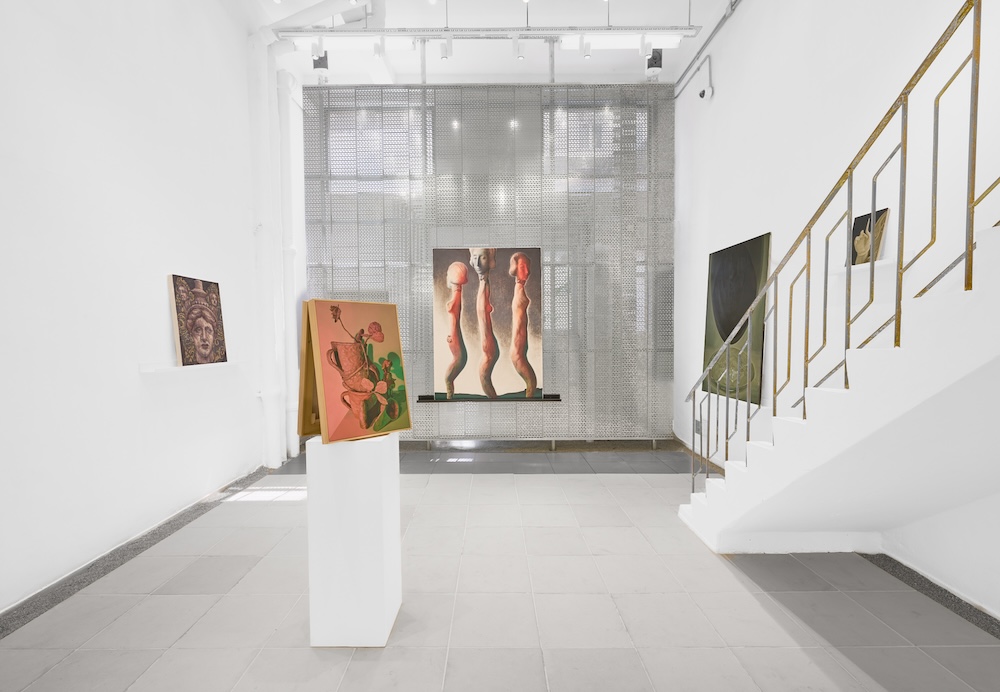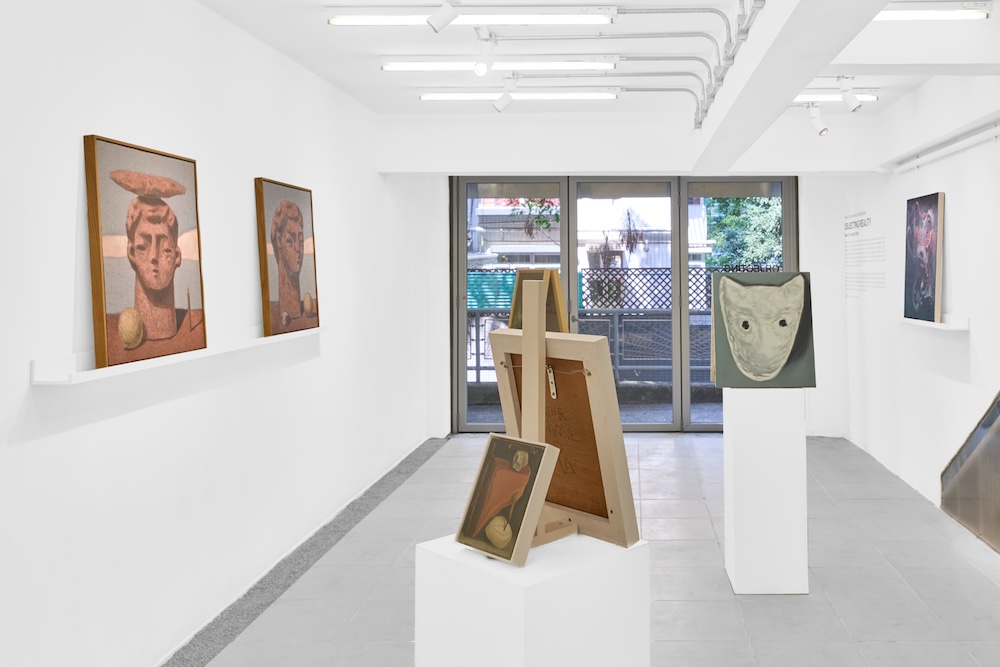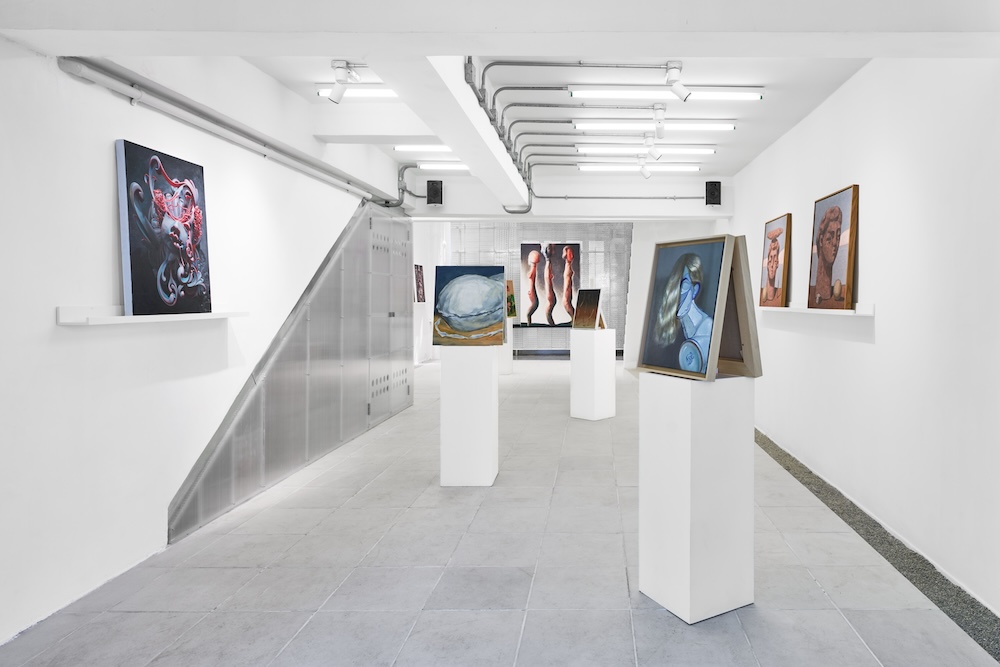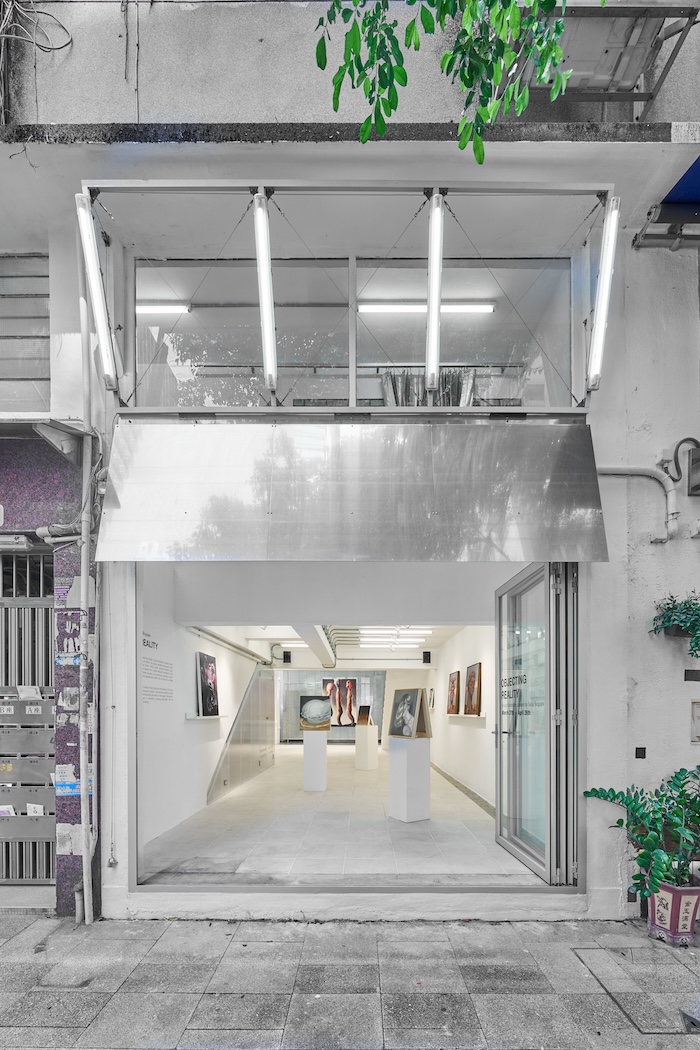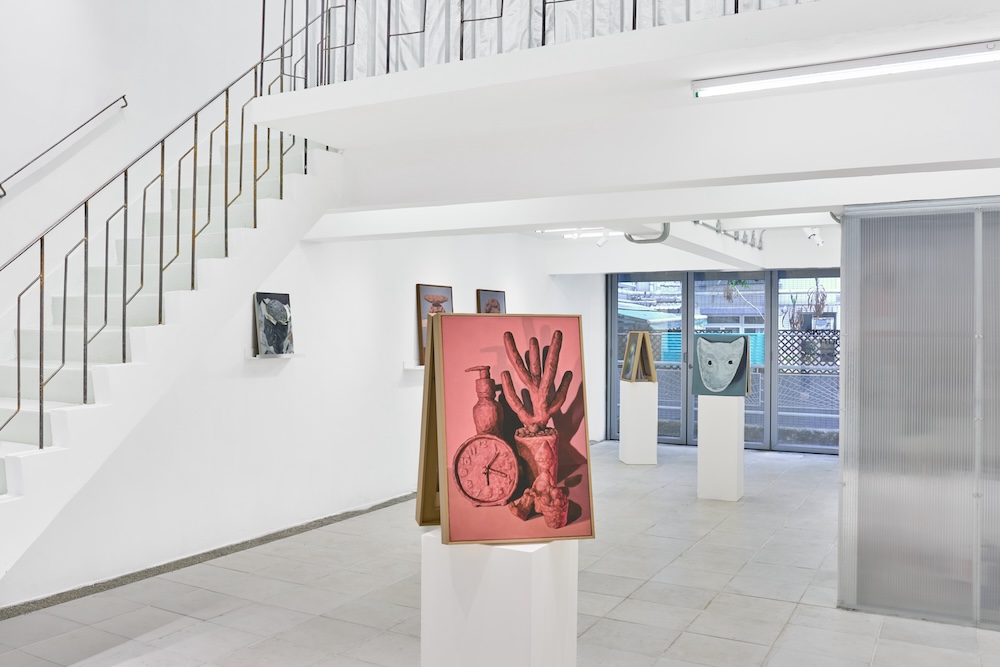We are still catching up on all the things that went down in Hong Kong a few weeks back, and WOAW Gallery's Objecting Reality, a group exhibition curated by our old friend Sasha Bogojev, was high on the list. The group exhibition showcases recent paintings of 11 distinguished international artists: Niklas Asker, Jennifer Carvalho, Ginny Casey, Suzuki Hidetaka, Quinten Ingelaere, Heesoo Kim, Damien Meade, Filip Mirazović, Ken Nurenberg, and Wedhar Riyadi. By bringing together artists from diverse cultural backgrounds under one roof, each artwork challenges the boundaries of art and illusion with its unique perspectives, while engaging in a dialogue of the important art form — paintings.
"Art is a lie." "Painting is an illusion." These notionsreflect profound philosophical and artistic perspectiveson the nature of art and its connection to reality. Theyexpress insightful concepts regarding the role of art inrepresenting and interpreting the world. In this regard,the legacy of painting inanimate objects is a testamentto humanity's enduring fascination with thetransfiguration of the ordinary into the extraordinary.
From depictions of food and possessions in ancientEgyptian tombs, decorative Roman wall paintings orfloor mosaics, the portrayal of everyday objectscarrying religious and allegorical meanings in theMiddle Ages, and the emergence of still life as adistinct genre in Netherlandish painting during the16th and 17th centuries, our artistic heritage isintertwined with the idea of objectifying reality.Through their inexplicable mastery of capturing depthand perspective, painters are capable of summoningthe very essence of sculpted forms on a flat canvas,creating a theatrical world where light and shadowgracefully dance across rigid subjects.
While the Baroque period celebrated the drama of chiaroscuro to infuse life into theirsculptural forms, contemporary painters are often drawn to capturing the deceptive glowof lustrous materials and polished surfaces. In an age increasingly defined by artificial,fabricated, inorganic, or virtual existence, there is an increased interest in capturing thestillness and lifelessness of our surroundings. Rather than portraying the essence of thesubject, a convincing visual representation of the world is crafted by capturing the flare oflife that surrounds it. Employing painting's sorcerous ability to transcend its two-dimensional boundaries and achieve sculptural illusion, a well-executed brushstrokeholds the power to transform any segment of the natural world into veiny marble,gleaming gold, or translucent porcelain or glass.
Painting possesses the capability to petrify anything into a still image while simultaneouslybreathing life into mere canvas and pigment. This alchemical transformation converts theorganic medium applied to a flat surface into an illusion of a lifeless object within a three-dimensional scene. In a way, painting challenges sculpture and feeds our curiosity toexplore the boundaries of reality and illusion.



